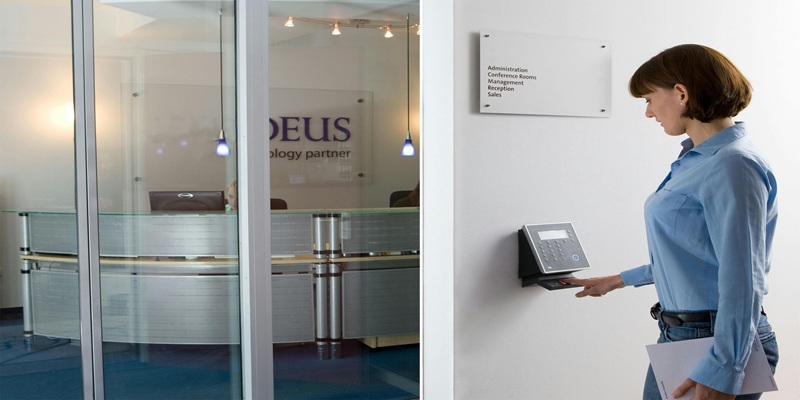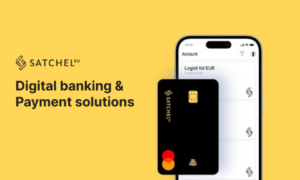Online banking has become a staple of convenience and accessibility. From transferring money to paying bills, managing finances has never been easier. However, this convenience comes with its own set of risks. Cybercriminals are constantly devising new ways to exploit vulnerabilities in online banking systems. This has made robust security measures not just desirable but absolutely essential. One such measure that stands out is multi-factor authentication (MFA). Implementing MFA in online banking is not just a precaution—it’s a necessity to ensure user security and trust.
Understanding Multi-Factor Authentication
Multi-factor authentication is a security process that requires users to verify their identity using multiple forms of evidence before gaining access to an account. Unlike traditional single-factor authentication, which relies solely on a username and password, MFA incorporates at least two or more independent factors. These factors typically fall into three categories:
- Something You Know: Such as a password or PIN.
- Something You Have: Like a smartphone, security token, or hardware key.
- Something You Are: Biometrics such as fingerprints, facial recognition, or voice patterns.
By combining these factors, MFA significantly reduces the risk of unauthorized access, even if one of the authentication factors is compromised.
The Growing Threat of Cybercrime
Cyberattacks are becoming increasingly sophisticated and prevalent. According to recent studies, financial institutions are among the most targeted industries by hackers. Common tactics include phishing attacks, keylogging, and brute force attacks—all aimed at stealing users’ credentials. Once these credentials are compromised, attackers can gain unrestricted access to bank accounts, leading to financial loss and identity theft.
Passwords alone are no longer enough to secure sensitive financial information. Despite recommendations for creating strong passwords, many users continue to use easily guessable combinations. Even secure passwords can be cracked or stolen. This is where MFA proves its worth by providing an additional layer of security, making it exponentially harder for attackers to breach accounts.
Key Benefits of Multi-Factor Authentication in Online Banking
Enhanced Security
The primary advantage of MFA is its ability to significantly enhance account security. Even if a password is stolen or guessed, the additional authentication factor acts as a roadblock for unauthorized users. For example, a hacker might acquire your login credentials through a phishing email, but without access to your smartphone or biometric data, they cannot proceed further.
Reduced Risk of Fraud
Financial fraud is a major concern for online banking users. Cybercriminals often use stolen credentials to perform unauthorized transactions. MFA adds an extra layer of verification, ensuring that only legitimate users can authorize transactions. This reduces the risk of fraud and protects users from potential financial losses.
Improved User Confidence
When users know that their accounts are protected by advanced security measures like MFA, it boosts their confidence in the banking system. Trust is a critical factor in retaining customers in the financial sector. Implementing MFA demonstrates a bank’s commitment to safeguarding its customers’ assets and personal information.
Regulatory Compliance
Many regulatory bodies and industry standards now mandate the use of multi-factor authentication for financial institutions. Non-compliance can result in hefty fines and reputational damage. By adopting MFA, banks not only enhance security but also ensure they meet regulatory requirements, avoiding potential legal repercussions.
How Multi-Factor Authentication Works in Online Banking
The implementation of MFA in online banking typically involves the following steps:
- User Login: The user enters their username and password as the first authentication factor.
- Secondary Verification: The system prompts the user to verify their identity using a second factor, such as a one-time password (OTP) sent to their registered phone or biometric verification.
- Access Granted: Once both factors are verified, the user gains access to their account.
Some banks also offer adaptive authentication, which assesses the risk level of a login attempt based on factors like device, location, and login behavior. If the attempt is deemed risky, additional authentication steps are required.
Challenges of Implementing Multi-Factor Authentication
While MFA offers significant benefits, its implementation is not without challenges. Here are a few common issues and how they can be addressed:
User Convenience
One of the primary concerns with MFA is that it can sometimes be seen as inconvenient by users. Having to retrieve an OTP or use a biometric scanner might feel like an extra step. To address this, banks can focus on implementing seamless methods like push notifications or biometric authentication, which are both secure and user-friendly.
Cost of Implementation
Integrating MFA into existing banking systems can be expensive. It involves investing in technology, infrastructure, and staff training. However, the long-term benefits of reduced fraud and increased customer trust outweigh the initial costs. Many banks also see a positive return on investment through enhanced customer retention.
Technical Glitches
Technical issues, such as OTP delays or fingerprint scanner errors, can frustrate users. Ensuring reliable and efficient systems is crucial. Regular updates and thorough testing can minimize glitches and provide a smooth user experience.
The Prospect of Online Banking Security
As cyber threats evolve, so must the security measures employed by financial institutions. Multi-factor authentication is a step in the right direction, but it is not the ultimate solution. The future of online banking security lies in combining MFA with other advanced technologies such as:
- Artificial Intelligence (AI): AI can detect and prevent fraudulent activities in real-time by analyzing user behavior and identifying anomalies.
- Blockchain Technology: Blockchain offers secure and tamper-proof record-keeping, making it harder for cybercriminals to manipulate data.
- Zero-Trust Security Models: This approach assumes no user or system is inherently trustworthy and continuously verifies access at every level.
By integrating these technologies with MFA, banks can create a more robust and comprehensive security framework.
Conclusion
The importance of multi-factor authentication in online banking cannot be overstated. In an era where cyber threats are ever-present, relying solely on passwords is no longer sufficient. MFA provides an additional layer of security that protects users from unauthorized access, financial fraud, and identity theft. Despite its challenges, the benefits of implementing MFA far outweigh the drawbacks.
Banks must prioritize the adoption of multi-factor authentication to safeguard their customers and maintain trust in the financial system. As technology continues to advance, so must the measures we take to protect sensitive information. By embracing MFA and other innovative security solutions, online banking can remain both convenient and secure for users worldwide.



































